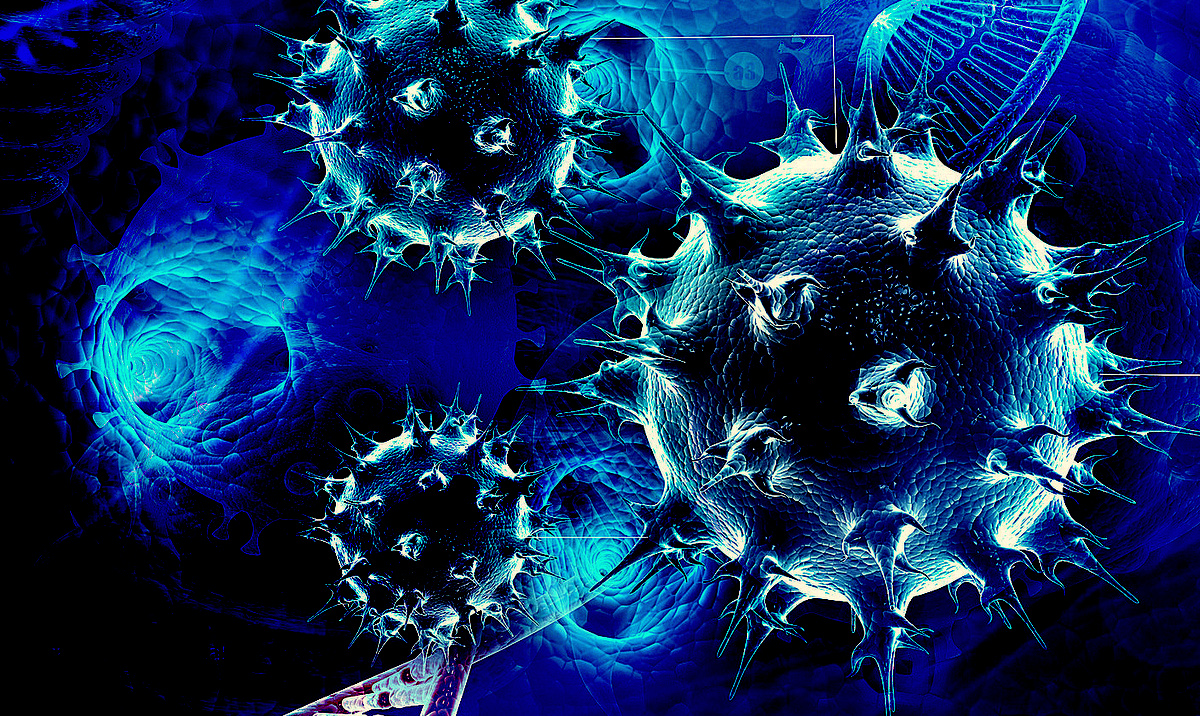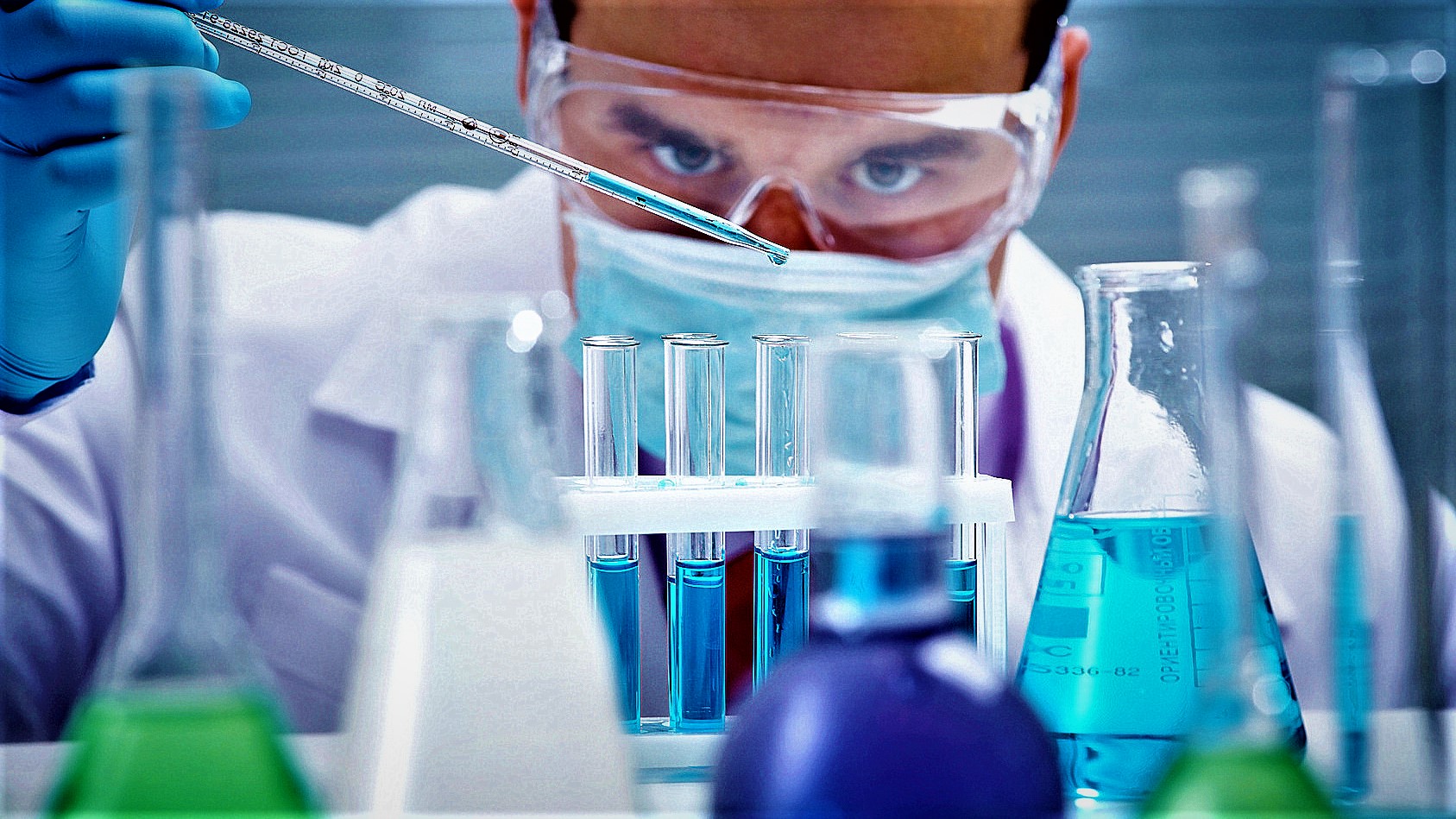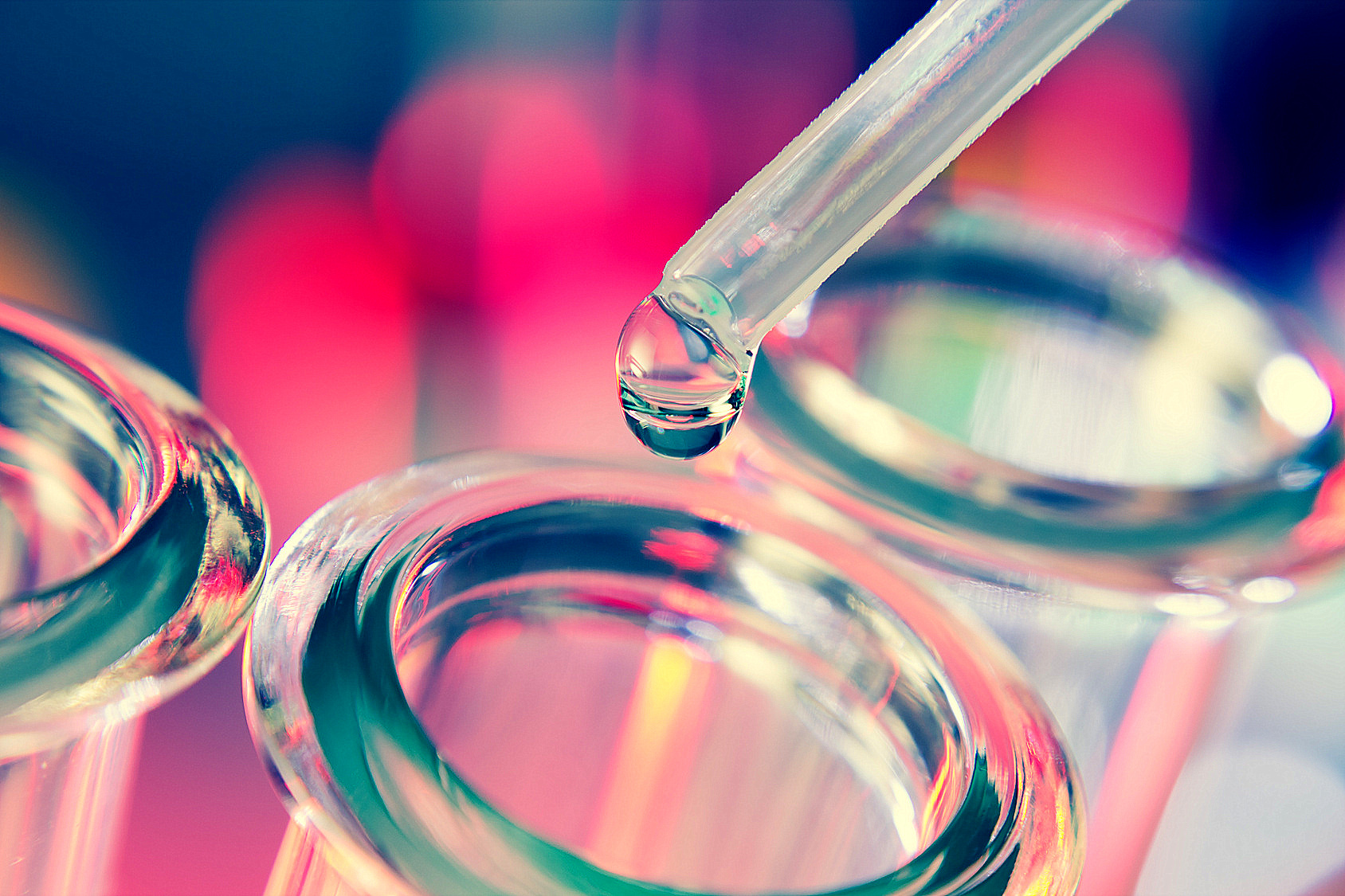In October, the Poznan DNA Research Centre intends to introduce a new genetic test for detecting the presence of the SARS-COV-2 coronavirus. The test will be performed using a new RT LAMP research method, and its result will be obtained after a few minutes at the site of collecting the biological material (swab). The only device that will be necessary to perform the test will be a smartphone with a special application created by a team of IT specialists from the DNA Research Centre. The cost of the test will be several times lower than those conducted using the current RT PCR method.
- During the research, it turned out that the RNA extraction stage, which is currently used in all laboratories, will not be necessary. This will significantly reduce costs and enable the transfer of test results after a few minutes. The entire test procedure can be carried out anywhere, e.g. at the airport, and the only device that will be necessary for conducting the test will be a smartphone - said Jacek Wojciechowicz, President and head of the Research and Development team at the DNA Research Centre in Poznan.
The test has been validated on samples that were previously collected by patients in order to test for the presence of the SARS-COV-2 coronavirus. It was found that the results of the samples tested using the new RT LAMP method were identical to those previously performed with the currently used RT PCR (Real Time Polymerase Chain Reaction) method.
The genetic test developed by the team at the DNA Research Centre is based on RT-LAMP technology, which analyses the selected RNA genes of the SARS-CoV-2 virus and allows the result to be obtained within 5-10 minutes. Evaluation of the test is in its final stage and will result in a patent application in the following days.
RT-LAMP technology for the rapid detection of SARS-CoV-2
LAMP technology - Loop Mediated Isothermal Amplification is based on the isothermal amplification technique. The method was developed by a Japanese team led by Notomi. The isothermal method of nucleic acid amplification runs at a single constant temperature, unlike when using the classical PCR technique, and does not require the use of second devices (thermocyclers). Due to advantages such as the speed and simplicity of the reaction, short analysis time, and the ability to monitor the course of the analysis in real time, the method was quickly adapted for diagnostic purposes for the detection of both bacteria and viruses. In practice, the test result can be obtained within a few minutes.
Our test prototype, using RT-LAMP technology, will be available in two versions:
a) a laboratory version intended to be used by medical diagnostic laboratories. In this version of the test, specific fluorescently labelled molecular probes will be used,
b) a screening version intended to be used in all conditions (e.g. at mobile points at airports or border crossings using visual detection, or ordinary smartphones and a designed application). The company will work towards the possibility of using smartphones and mobile applications for detecting coronavirus.
The great advantage of our technology will be the omitting of the stage of isolating the RNA of the virus, and thus the significant acceleration of the entire process and the shortening of it to several minutes instead of 5-6 hours.
- Comparison of the LAMP and PCR methods indicates that isothermal amplification shows a sensitivity and specificity greater than the polymerase chain reaction (PCR) by two orders of magnitude. The increase in the specific product of the LAMP reaction, which proves the presence of a pathogenic agent, can even be observed visually (clouding in the test tube and the change of colour into orange). The clouding occurs due to the reaction of magnesium ions with pyrophosphate (a by-product of amplification), which results in the formation of insoluble magnesium pyrophosphate - said Jacek Wojciechowicz.
The test will be performed using a smartphone connected to a simple portable device that allows the sample in the test tube to be heated to 65 degrees Celsius. This will enable the coronavirus detection reaction to be performed.
- If we manage to quickly reach an agreement with one of the manufacturers of in vitro diagnostic kits who could start the production of reagents, the new tests will be available on the market in October. - We estimate the sales potential in Poland and in our partners from Ukraine and Russia to be several million per month - said Mariusz Herman, the General Director of the DNA Research Centre.
- Later this year, the DNA Research Centre will introduce a test for the predisposition to susceptibility to COVID-19 and the so-called severity of the course of this disease. After several months of work and the performance of more than 300 tests in the Lublszczyzna, Mazowsze and Slask regions, the test will be ready for sale. The tests will be performed using the NGS (New Generation Sequencing) method, thanks to which the results will be ready after 2-3 days - added Mariusz Herman.
JK






